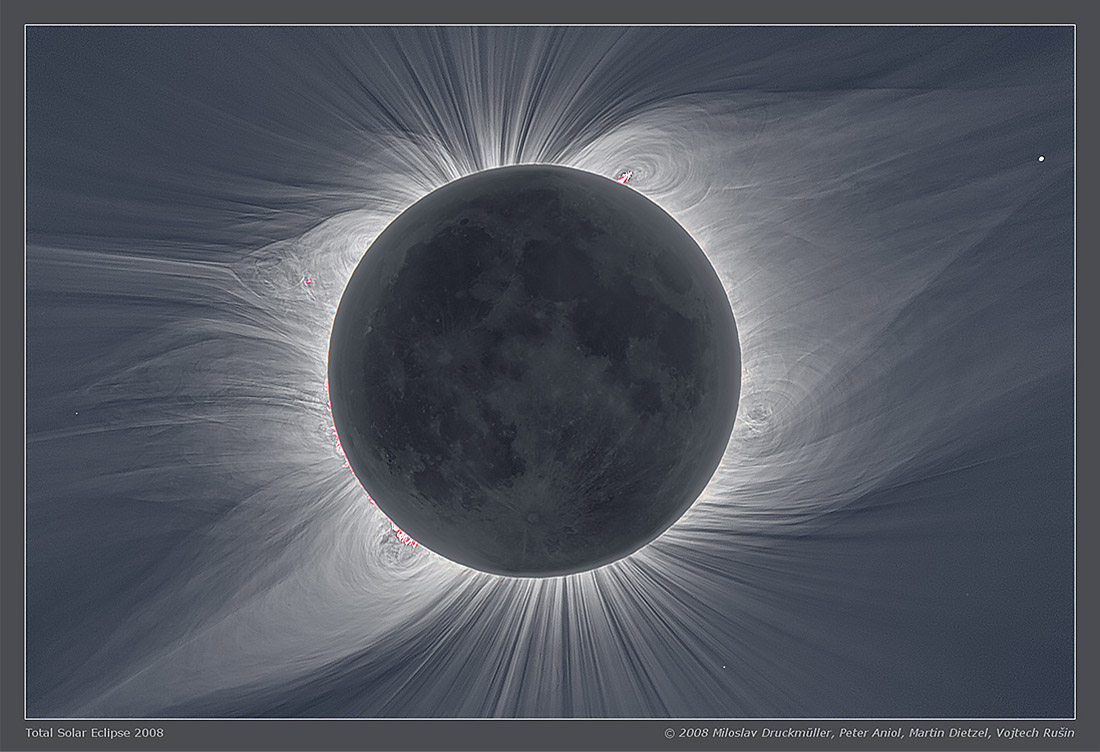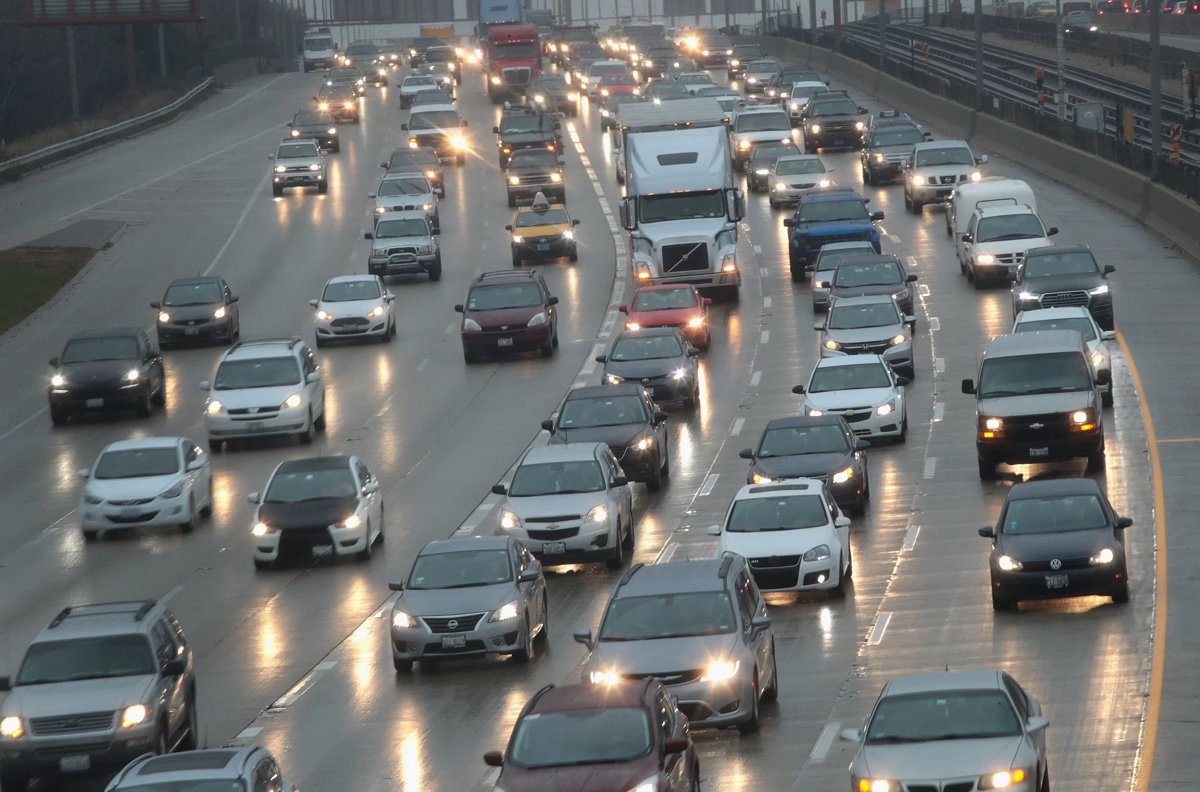Solar Eclipse Day Craziness Could Resemble the Zombie Apocalypse — Are You Ready?

One month from today, the total solar eclipse of Aug. 21 will make its way across the U.S. from Oregon to South Carolina. As the clock ticks down to the big day, the question is: Are you prepared?
While you may have thought to grab eclipse-viewing glasses or make hotel reservations, the massive crowds expected all along the eclipse path could present challenges you haven't considered.
"There are so many ways in which eclipse day is going to resemble a zombie apocalypse," Angela Speck, a researcher at the University of Maryland and member of the American Astronomical Society's eclipse team, told Space.com by email. [The Best ISO-Certified Gear to See the 2017 Solar Eclipse]
With two-thirds of Americans living within a day's drive of the eclipse, some eclipse experts have anticipated that the weekend leading up to the August eclipse will see more travelers in the air, on the rails and on the road than any other time in 2017. That could present serious problems for those viewing the eclipse, even if they don't have to travel to see it. And people who live inside the eclipse path but choose to miss the once-in-a-lifetime event will not be spared.
"There will hopefully be less bloodshed, but zombies don't need regular food, or sleep, or toilets," Speck said. Eclipse spectators, on the other hand, need all those things.
Once-in-a-lifetime sight
A total solar eclipse occurs when the moon completely blocks the disk of the sun. While partial solar eclipses are common, with two to five occurring around the world each year, a total solar eclipse happens somewhere on Earth only about once every 18 months. The last total solar eclipse touched the continental United States in 1979, and the last to cross from ocean to ocean occurred in 1918.
The August eclipse will pass through 14 states and five state capitals. During the partial phase, as the moon takes a bite out of the sun, observers should use eclipse glasses or a pinhole camera to watch the eclipse, as should those only able to observe a partial eclipse.
Sign up for the Live Science daily newsletter now
Get the world’s most fascinating discoveries delivered straight to your inbox.
Totality (the period in which the disk of the sun is completely hidden) will last less than 3 minutes, but can be a truly stunning sight. After the body of the sun is completely blocked and the vicinity is cloaked in darkness, observers can remove their glasses. The dancing tendrils of the sun's outer atmosphere, usually outshone by its brighter body, will become visible.
REMEMBER: Looking directly at the sun, even when it is partially covered by the moon, can cause serious eye damage or blindness. NEVER look at a partial solar eclipse without proper eye protection. See our complete viewing guide to find out how to view the eclipse safely.
As the final days wind down to the eclipse, make sure you have your eclipse glasses. Sunglasses — even multiple pairs — are insufficient for viewing an eclipse. A pinhole viewer can also allow you to safely watch the event without damaging your vision.
"Many cities along the path of totality have been preparing for this and [are setting] up multiple observing sites with safe solar viewing gear," Paul Sutter, a researcher and outreach coordinator at Ohio State University (and a Space.com contributor), said in an email.
Don't despair if you can't make it to one of these sites.
"Just go somewhere else," Sutter said. "A park, a parking lot, your back yard. You just need a good view of the sky and you're golden."
While the eclipse itself is brief, it may be worth coming early for the science talks that may occur.
"If you can, I highly recommend making a whole day out of it," Sutter said.

Zombie apocalypse
While 12 million people live within the path of totality, another 200 million people live within a day's drive of the eclipse. How many intend to travel to see the eclipse remains unknown. Michael Zeiler, an eclipse cartographer, conservatively estimates that between 1.85 million and 7.4 million people may journey experience the total eclipse.
If you are planning to travel for the eclipse, you've hopefully already made hotel reservations. Most — if not all — of the hotel rooms along the eclipse path are filled, as serious eclipse hunters have been planning for the event for well over a year. Alternative housing arrangements, such as campsites or rooms in private homes, may still be available. But even if you are planning to stay with a friend, expect problems.
That's because the population of cities along the eclipse path is expected to double in the days around the event, Speck said, a rise that could trigger a host of unexpected problems.
"No town or city has the capacity to house so many visitors in hotels; nowhere has enough restaurants to feed such a huge crowd," she said. "Are there enough bathrooms? Probably not."
Folks who live along the path — whether they plan to see the eclipse or not — should prepare much like they would before a major storm. Speck advises folks to stock their fridges and fill up their cars with gas, "because the chances are that neither supermarkets nor gas stations will be sufficiently supplied." That means if you're crashing with friends or family, don't bank on eating out or parking downtown. [How to Survive the Total Solar Eclipse of 2017]
Speck proposed that communities can prepare by having gas stations fill up extra tanks and supermarkets keep refrigerated trucks on hand for extra storage.
"Maybe restaurants could do special reduced menus to get the crowd thru quicker, maybe they could hire extra staff just for the event."
Businesses aren't the only ones who need to prepare.
"Maybe churches could host food lines and make some money whilst helping to prepare for the crowds," she said.
While traffic leading up to the eclipse will likely be bad — Speck suggested at least doubling the anticipated travel time between destinations — it could be even worse during the event. An unexpected patch of clouds across a clear sky could send people to their cars in search of a clear view, causing even more problems.
Logistical problems aside, Speck is looking forward to the eclipse.
"It is such an all-encompassing experience," she said.
Sutter, who will be leading an event in Nashville, Tennessee, is equally enthusiastic.
"I'm really looking forward to sharing this spectacle with my group, and really sharing it with the entire country," he said. "Nature is putting on a free show for us, and it's something we all get to enjoy!"
Editor's note: Space.com has teamed up with Simulation Curriculum to offer this awesome Eclipse Safari app to help you enjoy your eclipse experience. The free app is available for Apple and Android, and you can view it on the web.
Follow Nola Taylor Redd at @NolaTRedd, Facebook, or Google+. Follow us at @Spacedotcom, Facebook or Google+. Originally published on Space.com.











